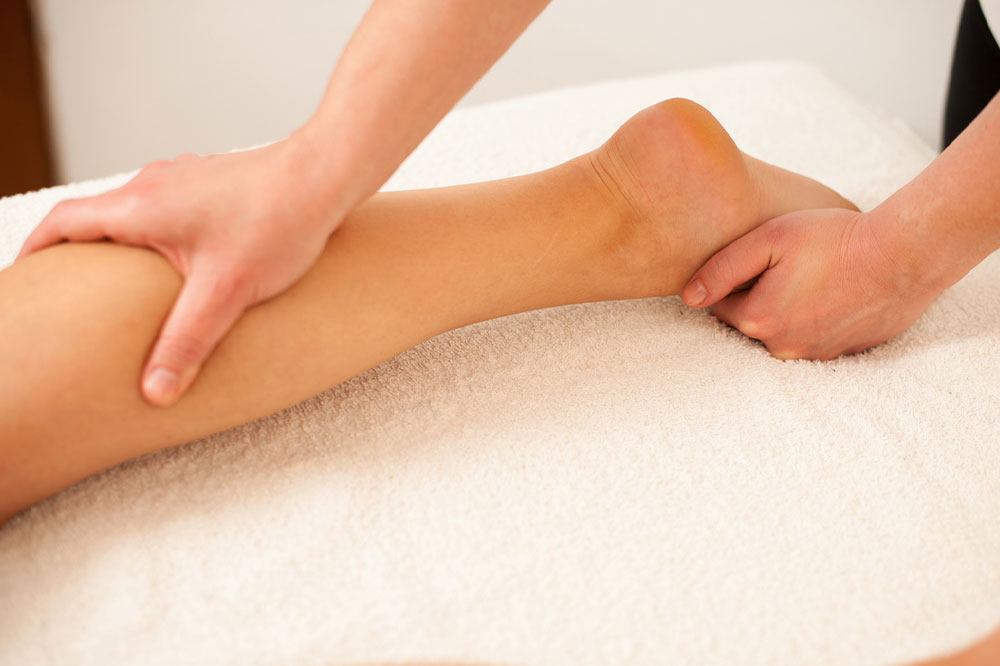Symptoms, Diagnosis And Treatment Of Deep Vein Thrombosis
Symptoms, diagnosis, and treatment of deep vein thrombosis
DVT stands for deep vein thrombosis in which a blood clot form (clump of blood in a solid state) in an artery or vein situated deep inside your body. This is a serious condition. Though DVT can form all over of your body, most often it occurs in your thigh or pelvis. DVT is serious and needed to have timely treatment for deep vein thrombosis otherwise it may lead to severe medical condition.
Who are at risk?
- Having history of a heart attack or stroke are also more likely to have clots in comparison of the people having no history of cardiovascular problems.

What are the symptoms of DVT?
Usually, a DVT occurs either in one leg or one arm.
DVT symptoms keep varying from patient to patient since they do not remain in everyone. The prominent symptoms can include: Diagnosis of deep vein thrombosis
Deep Vein Thrombosis – Treatment
Best hospitals and clinic providing deep vein thrombosis medication
- Skin over the affected area may start turning pale, reddish/bluish, or discolored
- Swelling in your leg
- Severe unexplained pain in foot, ankle, or arm
- Pain or tenderness in the leg
- Larger veins
Deep vein thrombosis (DVT) home treatment options
You may add many things easily available in your kitchen to prevent DVT and stay healthy.
- Cayenne pepper – It holds a compound called capsaicin available in cayenne play a major role to promote smooth blood circulation.
- Garlic cloves – It is widely known for promoting blood circulation as well as staying away from effects of DVT.
- Ginger – This one is counted as the best home remedy since it breaks down the fibrins responsible for forming DVT.
- Vitamin E rich foods – Add vitamin E rich foods in your diet like sunflower seeds, olive oil, walnuts, spinach, bell peppers, etc., to have smooth blood flow.
- Cinnamon – This one is next on the list having anticoagulant called coumarin responsible for maintaining the low blood pressure. Moreover, it plays a major role to make blood thin so it will move smoothly.
Diagnosis of deep vein thrombosis
Your doctor may ask about the symptoms that you have been experiencing to diagnose DVT. You may also have to undergo a physical exam so your doctor will come across about the areas of tenderness, swelling or discoloration on your skin. Your doctor may suggest you different tests like ultrasound, blood test, venography, CT, or MRI scans after examining how you are prone to have a blood clot.
Deep Vein Thrombosis – Treatment
Blood thinners are the most common treatment for DVT also called anticoagulants. These medicines do not thin the blood as it indicates according to its name. They do not let the new clot form.
- Apixaban (Eliquis)
- Betrixaban (BEVYXXA)
- Dabigatran (Pradaxa)
- Edoxaban (Savaysa)
- Fondaparinux (Arixtra)
- Heparin
- Rivaroxaban (Xarelto)
- Warfarin (Coumadin)
- Clot busters – Your doctor may prescribe you clot busters medicines that will break up clots quickly. It is given only when if you have serious type of DVT and other medication are not helping. Generally, it does not prescribe easily as it may cause serious bleeding.
- Filters – It is inserted into a large vein in order to prevent clot to go towards your lungs.
- Compression stockings – Patients have to wear it in order to prevent swelling.
Best hospitals and clinic providing deep vein thrombosis medication
There are many best hospitals and clinics imparting the best deep vein thrombosis treatment at the reasonable cost. The prominent have mentioned below:
- Rehabilitation Hospital of Denton
- Presbyterian Hospital of Denton
- Ubh Denton
- Ut Southwestern/Clements University Hospital
- University General Hospital Dallas
- Denton Regional Medical Center
- Walnut Hill Medical Center
- Medstar Georgetown University Hospital
- Medstar National Rehabilitation Hospital
- Medstar Washington Hospital Center
- Providence Hospital
- Psychiatric Institute of Washington
- Zale Lipshy University Hospital
Your doctor will prescribe you the treatment after examining you and knowing how the clot is severe. If you are having any of above mentioned symptoms, you must head to doctor. DVT can be fatal if not treated on time. Following healthy lifestyle can prevent you having it. Generally, this occurs due to having slow blood moving rate. When blood moves slowly through vein, it can lead to form clot. This is why keep doing exercise is necessary to speed up the blood circulation throughout the body.
Disclaimer:
The content provided on our blog site traverses numerous categories, offering readers valuable and practical information. Readers can use the editorial team’s research and data to gain more insights into their topics of interest. However, they are requested not to treat the articles as conclusive. The website team cannot be held responsible for differences in data or inaccuracies found across other platforms. Please also note that the site might also miss out on various schemes and offers available that the readers may find more beneficial than the ones we cover.

